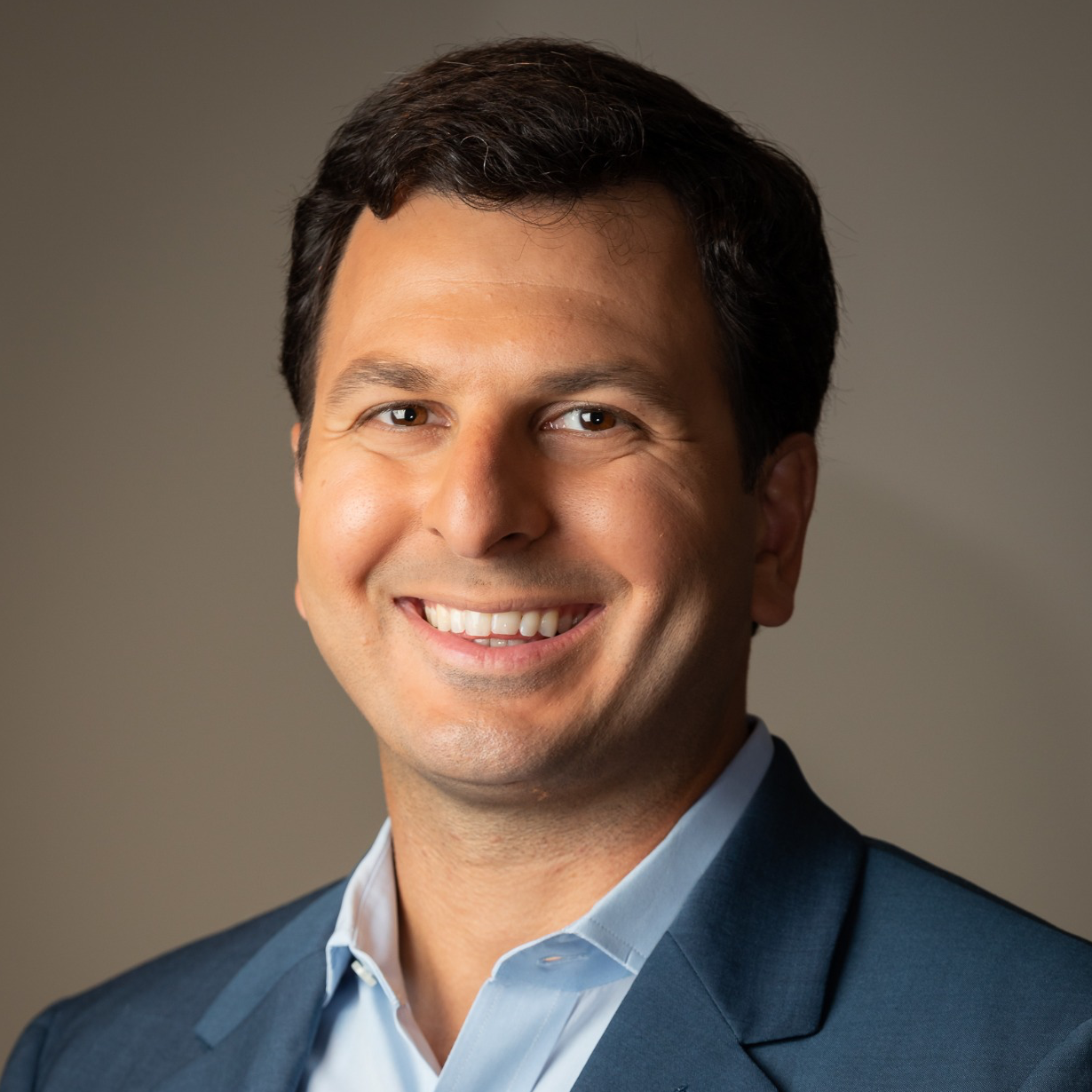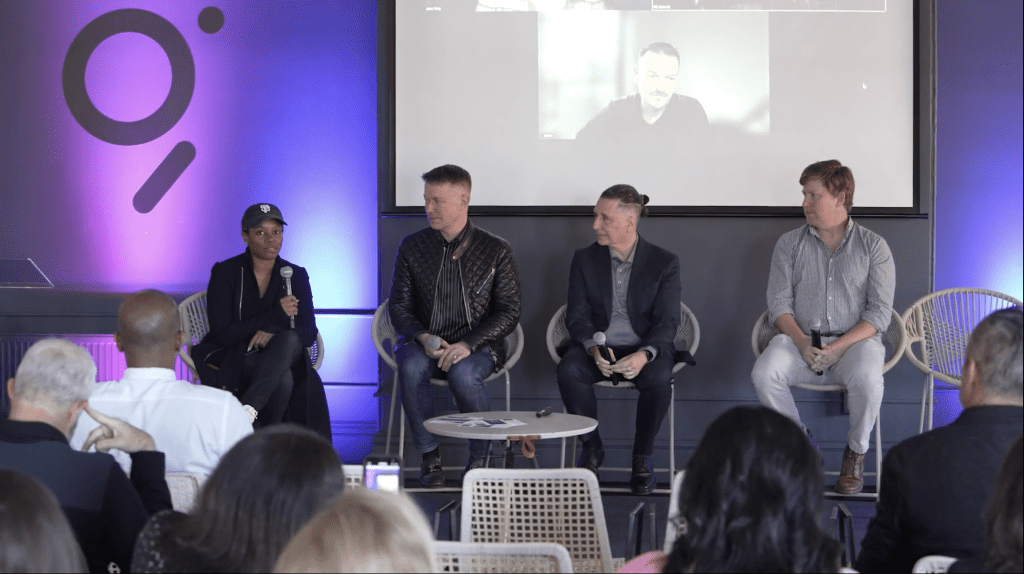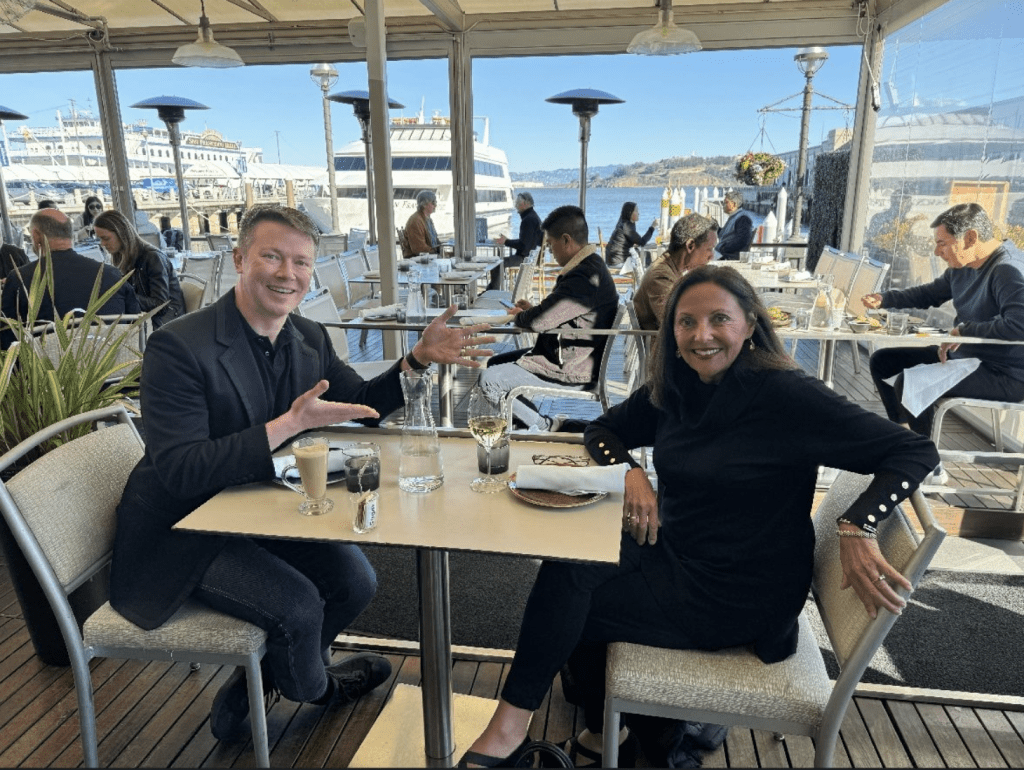“All I want is top tier.”
“Our goal is tier one.”
“We need high quality.”
Many of our clients come to us with such requests in their pursuit to get coverage in the most impactful media outlets and publications – often tier-one outlets. That’s what we’re here for.
Here are key things to keep in mind about reporters, what it takes to secure tier-one coverage, and what companies and their PR teams should do and remember as they work to get there.
Understand that you will probably need to be patient
Top-tier outlets are fully aware that you need them more than they need you. And these reporters and editors are bombarded with pitches and requests, or favors being asked of them to cover certain things, daily. Sometimes they have a huge backlog, and it may take weeks or months to get a great story published.
Even if a reporter wants to do the story, they have to navigate a maze of management: editors, producers and other bosses who have their own opinions about how to (or how not to) cover your company. This negotiation can take time.
Your effort to get your tier-one story out there will likely face several twists and turns. Your interview(s) may get rescheduled many times, and the reporter may come back to you with followups. Perhaps an editor or manager above will ask the reporter to bring a different set of questions, as they are reconsidering what type of angle to take. Be ready to roll with all of that.
Keep in mind that top-tier reporters are often generalists
You may know a lot of specifics about your company and your industry. But that doesn’t mean reporters do. I’m not suggesting you need to “dumb down” things for reporters. But you must connect the dots for reporters so your story resonates with them and the general audience.
Top-tier reporters want to make sure you’ve graduated to their level. That’s why even companies that say “I don’t care about quantity, I only want top tier” need to first focus on the quantity of niche trade publications that will better explain and dig into the story. Top-tier reporters are often using these stories to inform their own questions and frameworks.
Reporters at top-tier outlets don’t want to take chances on seemingly unproven or newish companies. This is why you need a constant cadence of media coverage. It helps you to be in smaller publications. This indicates you are media friendly, understand how the game is played and are willing to participate. There are countless unwritten rules, and top-tier reporters want to make sure you know what they are. Your participation in other stories can help signal that.
Remember that reporters aren’t your investors or customers
Reporters have different goals than you do. They don’t have to hit quarterly earnings or worry abouta budget to spend. They simply are looking to tell the best stories.
These are the stories that will deliver eyeballs, clicks, interactions and debate. The best stories are forwarded around, shared on social media, and further the conversation among readers and viewers. Reporters want to break news, have exclusives, be first among their competitors.
That means you have to make sure you’re giving them a story that matters to their readers. So, what reporters need to hear is very different from what you tell prospects and customers because reporters are not going to buy your product. You’re selling the story, not the product.
Sometimes the story is better than the product, which can work to your advantage. Sometimes it’s not. That’s where we come in – to help create the perfect mix to secure tier-one coverage.
The art and science of what we do involves:
- Ensuring a regular cadence of content
- Crafting the perfect narrative
- Working with our clients to find a match between what they want to talk about and what we think the media wants to hear
- Leveraging our media relationships to find the best placements
- And being “politely pushy” – the Bospar motto




